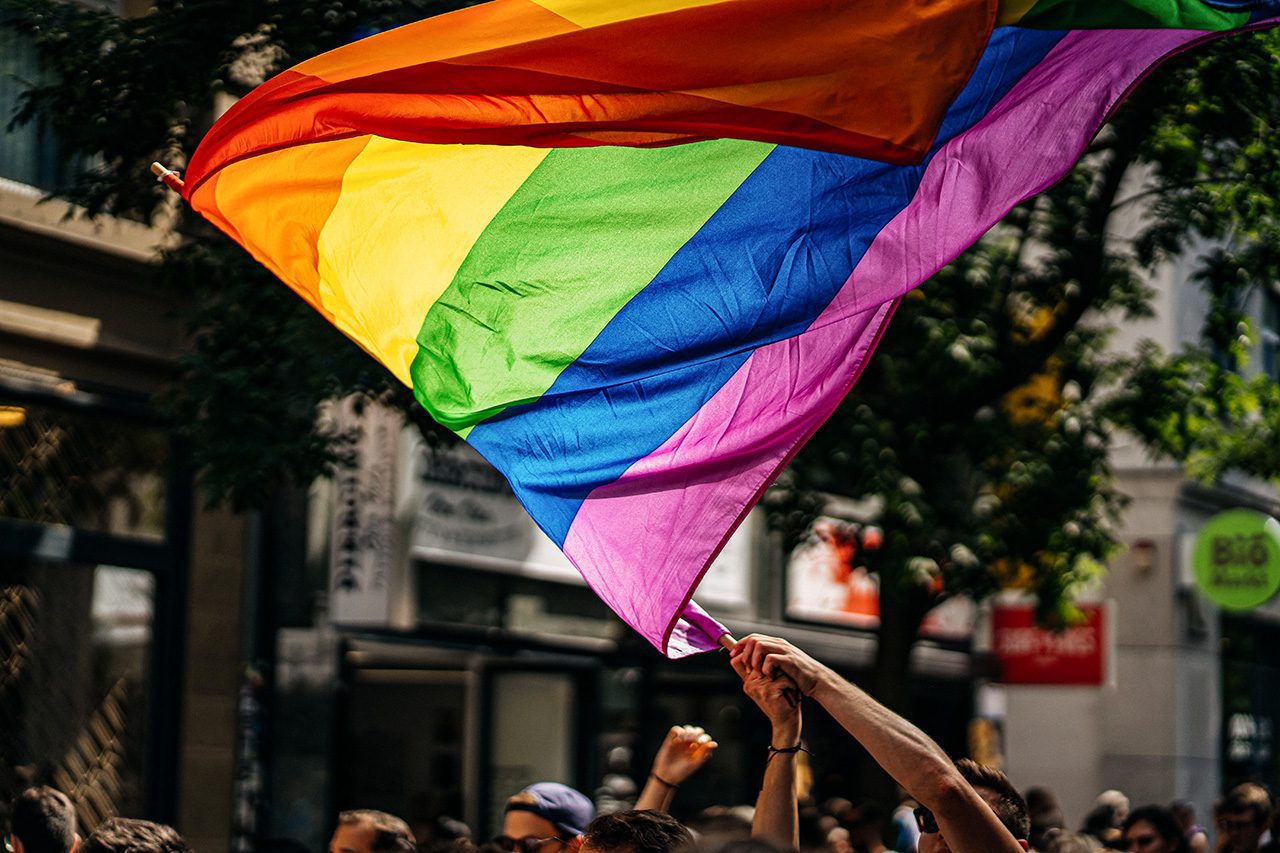Can We Democratize Better Impact Management?
What is the ROI for being your whole self?

Impact investing is one tool available to address the inequities faced by lesbian, gay, bisexual, transgender, queer, and intersex (LGBTQI) individuals in the United States and around the world. What does an investment with an LGBTQI lens look like in practice?
As with gender lens investing, an LGBTQI lens considers how impact investing might address the challenges that arise based on a person’s sexual orientation, gender identity, or gender expression.
 Roughly 17 million people in the US identify as LGBTQI, collectively spending more than $1 trillion per year. They are a consumer bloc with diverse needs. As the head of one market research firm told Business Equality in 2018, “a 65-year-old lesbian couple in Sedona is a completely different consumer than a 22-year-old queer man getting his first job in Manhattan.” Studies show that scrutiny from consumers and employees alike has shined a spotlight on how companies address inclusivity in their workplace policies. The exchange-traded fund (ETF) Workplace Equality chooses its holdings based on company support of LGBTQI employees, and it found that companies that adopt nondiscrimination policies improve their likelihood of overperforming. In line with the findings, the ETF’s $12.9 million AUM beat the S&P 500 in 2020 and posted 10% annualized gains.
Roughly 17 million people in the US identify as LGBTQI, collectively spending more than $1 trillion per year. They are a consumer bloc with diverse needs. As the head of one market research firm told Business Equality in 2018, “a 65-year-old lesbian couple in Sedona is a completely different consumer than a 22-year-old queer man getting his first job in Manhattan.” Studies show that scrutiny from consumers and employees alike has shined a spotlight on how companies address inclusivity in their workplace policies. The exchange-traded fund (ETF) Workplace Equality chooses its holdings based on company support of LGBTQI employees, and it found that companies that adopt nondiscrimination policies improve their likelihood of overperforming. In line with the findings, the ETF’s $12.9 million AUM beat the S&P 500 in 2020 and posted 10% annualized gains.
LGBTQI lens impact investing also considers the demographics of founders and investors. Last June, VC firm Loud Capital launched the $10 million Pride Fund 1 to invest in founders with diverse sexual orientations and gender identities and expressions. The Gaingels network of investors funds LGBTQI-inclusive firms; it has grown its investments from $5 million to $100 million in two years with its more than 700 members.
An LGBTQI lens considers how impact investing might address the challenges that arise based on a person’s sexual orientation, gender identity, or gender expression.
The LGBTQI lens also reveals risks. A 2020 report from the Criterion Institute pointed out that the lens “highlights how human rights abuses shape political stability, or where discrimination undermines the ability of a company to create an effective workplace.”
For LGBT Community Center of Greater Cleveland Executive Director Phyllis Harris, the real risk lies in what is lost when people cannot “come to work as their true, full self.”
 “In a space that doesn’t accept you, and you feel pressure to conform to a normative culture, you’re not at your best,” she said in an interview. “You’re not as creative, and you’re not able to work as hard because it uses up your mental and emotional energy.”
“In a space that doesn’t accept you, and you feel pressure to conform to a normative culture, you’re not at your best,” she said in an interview. “You’re not as creative, and you’re not able to work as hard because it uses up your mental and emotional energy.”
Founded in 1975, the LGBT Community Center of Greater Cleveland is widely regarded as an innovator in the nonprofit world for its forward-thinking programming and commitment to community engagement. At the peak of the HIV/AIDS epidemic in the 1980s, the Center created a separate and nondescript entrance so that people did not feel stigmatized by seeking support. When organizers canceled Cleveland’s 2016 Pride event at the last minute, the LGBT Community Center partnered with community activists to create a new annual grassroots “Pride in the CLE” event, which features a festival and march in the city’s public square.
Those iterative and innovative community partnerships rest on more than just shared goals for LGBTQI inclusivity. They highlight the connection points between intersecting identities and orientations—an element worth considering for investors as well.
In a space that doesn’t accept you, and you feel pressure to conform to a normative culture, you’re not at your best.
“How are you really getting a return on your investment if you’re hiring LGBT folks, or Black and Brown people, and they’re leaving half or more of who they are at home?” Harris pointed out. “How much innovation and creativity are you missing out on?”
—
This article was originally posted on Impactivate.
Related Content
Comments
Deep Dives

Featuring
Clarisse Awamengwi
IE Correspondent
July 17 - 12:00 PM EST

Featuring
Russell McLeod
July 24 - 12:00 PM EST
RECENT
Editor's Picks
Webinars
News & Events
Subscribe to our newsletter to receive updates about new Magazine content and upcoming webinars, deep dives, and events.
Become a Premium Member to access the full library of webinars and deep dives, exclusive membership portal, member directory, message board, and curated live chats.
At Impact Entrepreneur, we champion fearless, independent journalism and education, spotlighting the inspiring changemakers building the Impact Economy. Diversity, equity, sustainability, and democracy face unprecedented threats from misinformation, powerful interests, and systemic inequities.
We believe a sustainable and equitable future is possible—but we can't achieve it without your help. Our independent voice depends entirely on support from changemakers like you.
Please step up today. Your donation—no matter the size—ensures we continue delivering impactful journalism and education that push boundaries and hold power accountable.
Join us in protecting what truly matters. It only takes a minute to make a real difference.
0 Comments